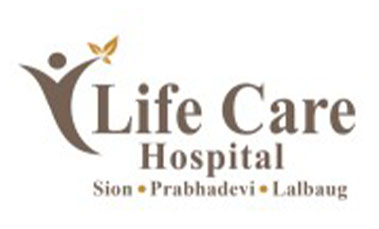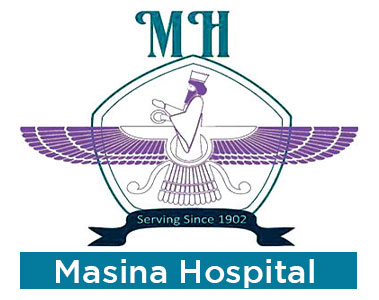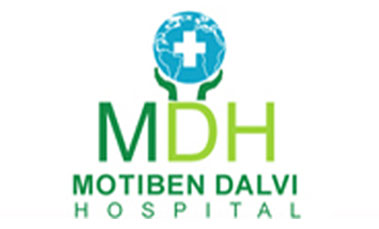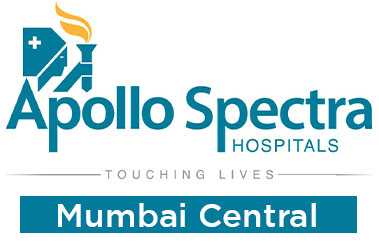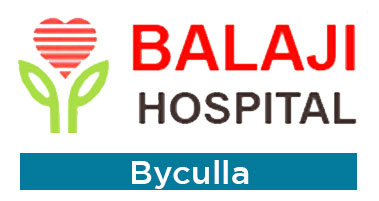Upper GI Endoscopy
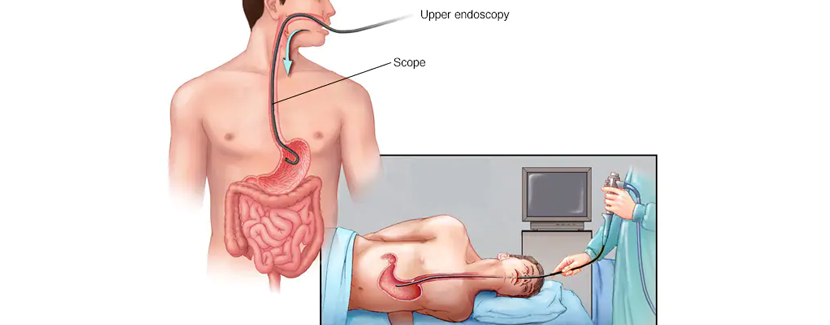
Upper GI endoscopy, also known as esophagogastroduodenoscopy (EGD), is a medical procedure in which a thin, flexible tube with a light and camera on the end is passed through the mouth and into the esophagus, stomach, and upper part of the small intestine (duodenum). The purpose of the procedure is to examine the lining of the upper gastrointestinal tract for any abnormalities, such as ulcers, inflammation, tumors, or bleeding.
During the procedure, the patient is typically given a sedative to help them relax and minimize discomfort. The endoscope is then inserted through the mouth and down the throat into the esophagus. The camera on the end of the tube sends images to a monitor, which allows the doctor to examine the lining of the esophagus, stomach, and duodenum in detail.
If any abnormalities are detected, the doctor may take a small tissue sample (biopsy) for further examination under a microscope. The procedure typically takes between 15 and 30 minutes, although it may take longer if a biopsy is taken.
After the procedure, the patient may experience some mild discomfort, such as a sore throat or bloating. These symptoms usually go away within a few hours. The patient will need someone to drive them home after the procedure, as the sedative can impair driving ability.
Upper GI endoscopy is a safe and effective procedure with minimal risks. However, as with any medical procedure, there is a small risk of complications, such as bleeding, infection, or perforation (a tear or hole in the lining of the gastrointestinal tract). These complications are rare and are usually easily treated.





